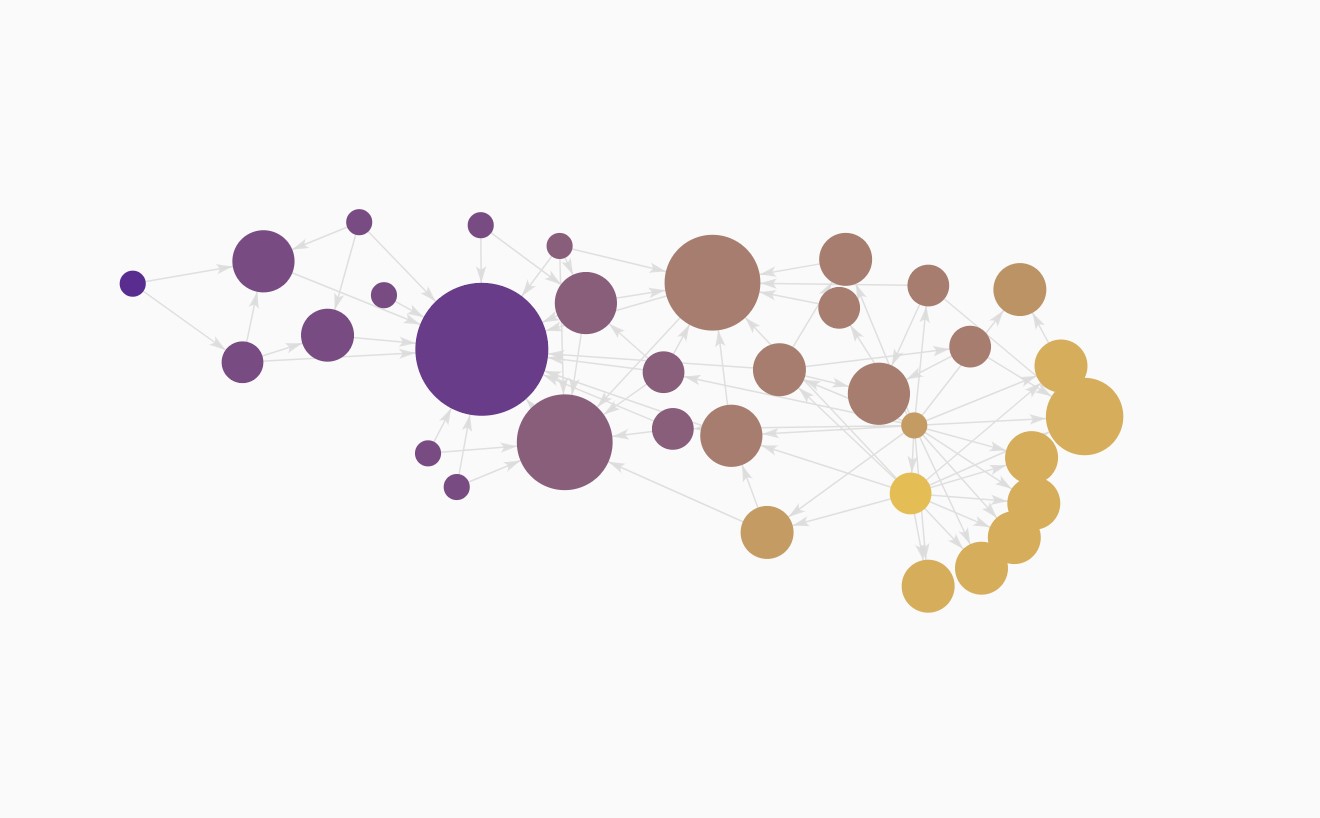REST-OCD-Service
Welcome to the Wiki of the RESTful Overlapping Community Detection (OCD) Service!

The OCD Service provides means for
- storing and retrieving graphs and covers in different formats
- calculating covers based on OCD algorithms
- creating test graphs and covers based on benchmark models
- executing metrics for measuring cover quality
In combination with the service we also provide a corresponding viewer service that creates illustrations of graphs and covers in svg format and a web frontend to facilitate the access and provide further foce graph visualizations.
Note that this service is based on the LAS2peer Template Project. For general information on LAS2peer services, please refer also to that project and to the documentation of the underlying LAS2peer framework. This includes e.g. more detailed information in particular on user management, running LAS2peer services or Swagger Documentation.
The OCD Service API and Web Client
The OCD Service is publicly accessible via this link. Please note that you should get a Learning Layers account to use the service. This is to ensure that your data is safe since otherwise anybody can access, alter and delete it anonymously. For information on user authentication please refer to User Management and Authentication.
Along with the service we provide a web client which also has its own project. The client can only be used with a valid Learning Layers account. We recommend to use the service along with the web client.
We additionally provide a brief Integration Tutorial that shows you the usage of the most important requests so that you can get started with the OCD Service more quickly. A more detailed usage examples of WebOCD Service, using the WebOCD webclient can be found here link.
The OCD Service
The service is developed using the IntelliJ IDEA, so we recommend you to stick to that tool for any work on this project.
Please refer to the following pages in order to obtain more information about the OCD Service.
- Project Structure
- Build Process
- Running the OCD Service
- User Management and Authentication
- Deploying the OCD Service
- Database Configuration
- Tutorials using WebOCD Service and Webclient
Important
The WebOCD Service uses ArangoDB database, which has to be separately installed on the machine where the service runs. Alternatively, docker can be used to build the WebOCD Service together with the database. To build and run WebOCD Service with Docker, refer to link.
The service also currently requires Java JDK 17 to be built and most likely also to run it. However, there also exists an older version for JDK 8 (tag 1.0.0) which is still functional in case you need it.
Feedback
Was this page helpful?
Glad to hear it! Please tell us how we can improve.
Sorry to hear that. Please tell us how we can improve.